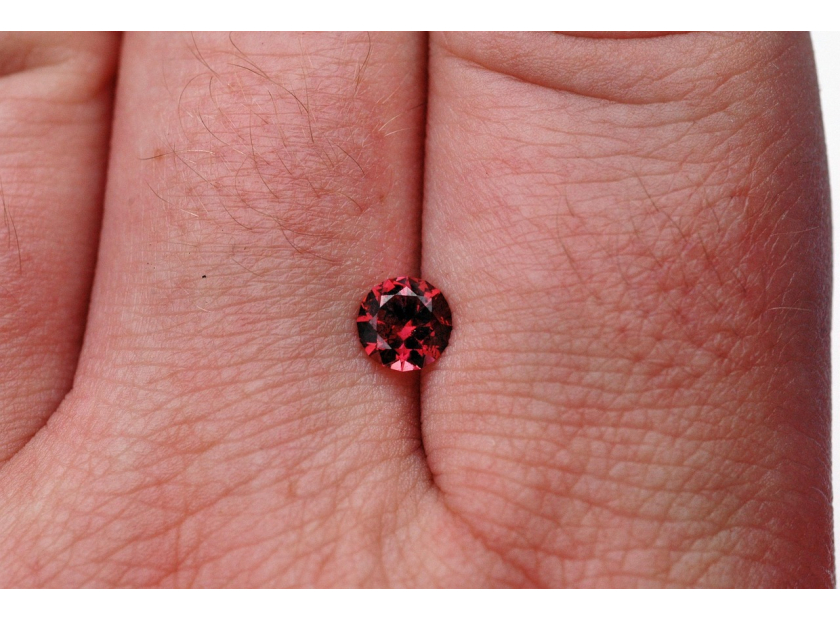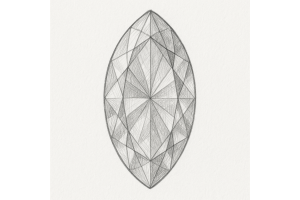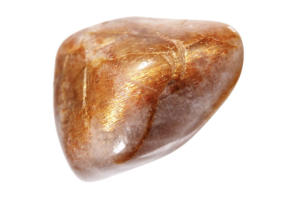GBP
/
GBP
/
Shipping to:
Currency:
How to Tell If a Garnet Is Real: Easy Ways to Spot Genuine Stones
Garnets are cherished gemstones, admired for their rich hues and historical significance.
However, with the prevalence of imitations in the market, it's essential to know how to distinguish a genuine garnet from a fake.
This guide will walk you through various methods to help you identify the authenticity of your garnet.
Understanding Garnets
What Are Garnets?
Garnets are a group of silicate minerals that have been used since the Bronze Age as gemstones and abrasives.
They come in a variety of colours, with red being the most commonly recognised.
However, garnets can also appear in green, orange, pink, and even rare blues.
If you’re drawn to bold colour and natural beauty, check out gemstone engagement rings.
Why Are Garnets Imitated?
Due to their beauty and desirability, garnets are often imitated using materials like glass or synthetic stones.
These imitations can be convincing, making it crucial for buyers and enthusiasts to know how to identify genuine garnets.
If you're curious about the science behind these stones, check out how and where gemstones are formed.
Visual Inspection Techniques
Colour and Clarity
Natural garnets exhibit a range of colours, but they typically have a deep, rich hue.
Be cautious of stones that appear overly bright or have a uniform colour, as these may be synthetic.
Additionally, genuine garnets often contain inclusions—tiny natural imperfections—whereas imitations might be flawless.
Cut and Shape
Genuine garnets are usually cut to enhance their natural beauty, often found in traditional shapes like ovals or rounds.
Mass-produced imitations might have unusual shapes or overly elaborate cuts.
For elegant, creative settings that showcase natural stones, check out non-traditional engagement rings.
Lustre and Light Reflection
Hold the stone under a light source.
Real garnets typically exhibit a vitreous (glass-like) lustre and should reflect light brightly.
If the stone appears dull or overly shiny, it might be an imitation.
Physical Tests
Hardness Test
Garnets rank between 6.5 and 7.5 on the Mohs scale of hardness.
This means they can scratch materials like glass but can be scratched by harder substances.
To perform a simple test, try scratching an unglazed ceramic tile with the stone; a real garnet should leave a mark.
Magnet Test
Some garnets, due to their iron content, are attracted to magnets.
Using a strong neodymium magnet, see if the stone shows any magnetic attraction.
While not all garnets are magnetic, a reaction can indicate authenticity.
Inclusion Examination
Using a jeweller's loupe, inspect the stone for inclusions.
Natural garnets often have characteristic inclusions, whereas synthetic stones might lack these imperfections.
Advanced Testing Methods
Refractive Index
Garnets have a specific refractive index ranging from 1.72 to 1.94.
Gemologists use a refractometer to measure this property, helping to confirm the stone's identity.
Spectroscope Analysis
By analysing the light absorption patterns of a gemstone using a spectroscope, professionals can identify the presence of specific elements that indicate a garnet's authenticity.
If you're unsure whether to choose natural or synthetic, check out this comparison of lab-grown diamonds vs gemstones.
Seeking Professional Evaluation
If you're uncertain about your garnet's authenticity, it's advisable to consult a certified gemologist.
They possess the expertise and equipment to provide a definitive assessment.
And if you're shopping for a meaningful gift, check out beautifully crafted gemstone rings that combine beauty with value.
Tips for Purchasing Genuine Garnet Jewellery
Buy from Reputable Dealers
Ensure the seller has positive reviews and offers guarantees of authenticity.
Request Certification
Ask for a certificate of authenticity from recognised gemological laboratories.
Be Cautious of Deals That Seem Too Good to Be True
Extremely low prices can be a red flag for synthetic or imitation stones.
If you're looking for a lifelong symbol to match your garnet piece, check out timeless diamond wedding rings.
Frequently Asked Questions
How can I differentiate between a garnet and a ruby?
While both stones can appear similar, garnets typically exhibit a deeper red with brownish undertones, whereas rubies display a more vibrant red with blue or purple undertones.
Additionally, garnets are generally less hard than rubies.
Do all garnets have inclusions?
Most natural garnets have inclusions, but the type and visibility can vary.
The absence of inclusions doesn't necessarily mean a garnet is fake, but it's less common.
Are synthetic garnets common?
Yes, synthetic garnets exist and are often used in jewellery.
While they share the same chemical composition as natural garnets, they lack the natural formation process and may not have the same value.








